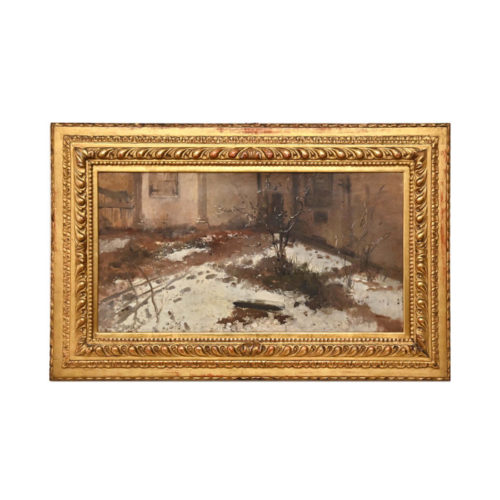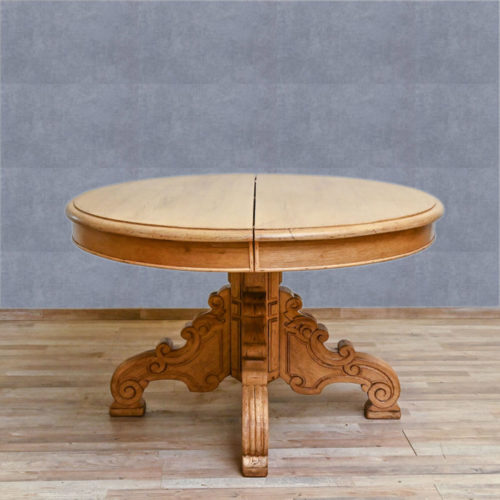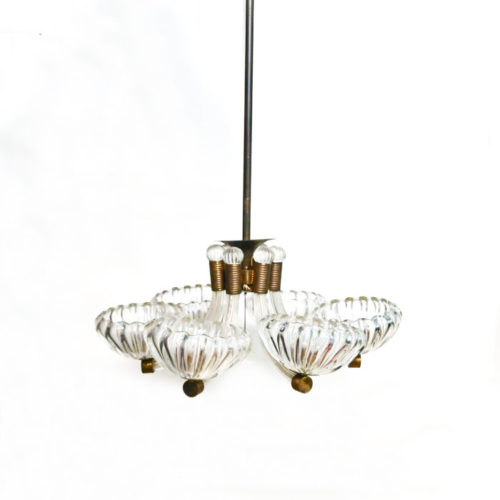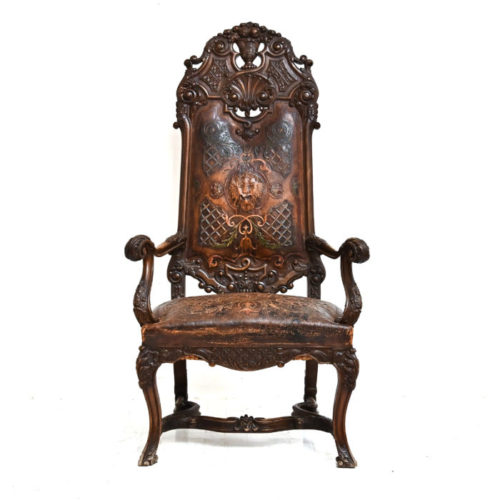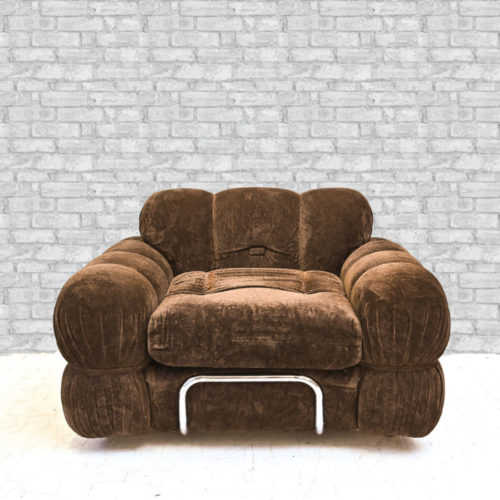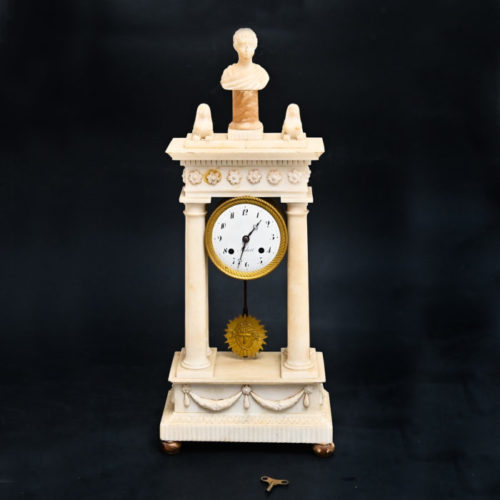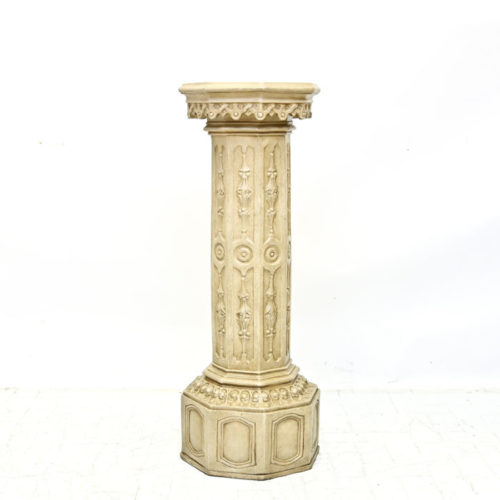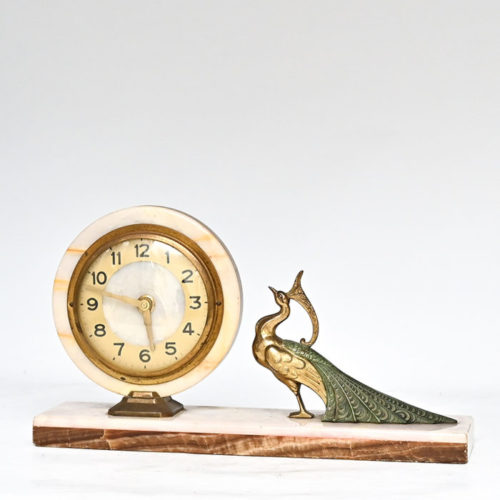-
Out of stock
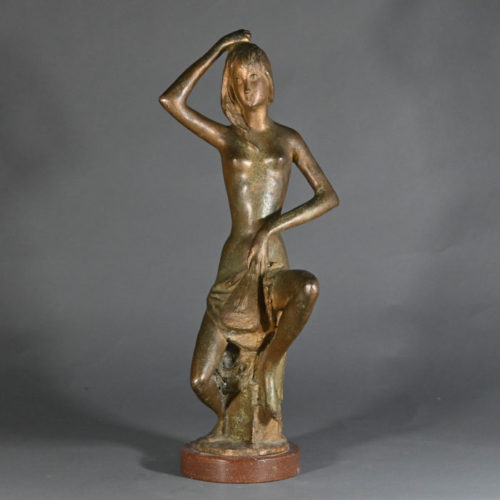 "Woman' bronze sculpture by Titta Ratti. Titta Ratti, real name Battista Ratti (Milan 1896 - Malvaglia 1992). Period: mid 20th century Measurements: H 54 x W 18 x D 18 cm
"Woman' bronze sculpture by Titta Ratti. Titta Ratti, real name Battista Ratti (Milan 1896 - Malvaglia 1992). Period: mid 20th century Measurements: H 54 x W 18 x D 18 cm -
Out of stock
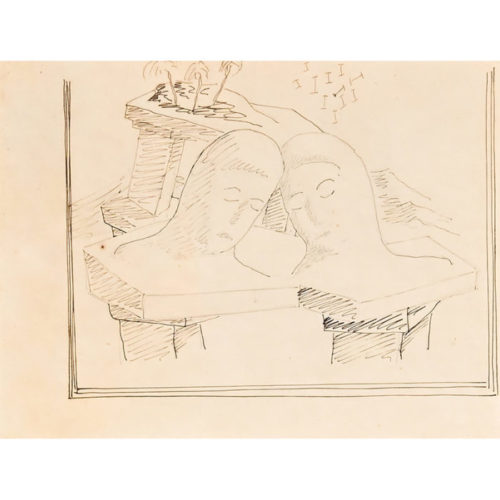 "The Dioscuri" ink on paper by Alberto Savinio, circa 1928 unsigned. "I Dioscuri" is published in the Electa General Catalogue (edited by Pia Vivarelli) on p. 245 as "Untitled" for the year 1928, order number 3. Period: circa 1928 Measurements: H 26,6 x W 21 cm
"The Dioscuri" ink on paper by Alberto Savinio, circa 1928 unsigned. "I Dioscuri" is published in the Electa General Catalogue (edited by Pia Vivarelli) on p. 245 as "Untitled" for the year 1928, order number 3. Period: circa 1928 Measurements: H 26,6 x W 21 cm -
Out of stock
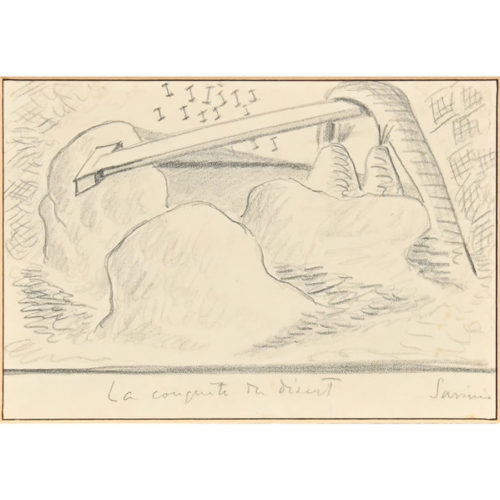 "La coquete du desert" pencil on paper by Alberto Savinio, circa 1929, signed on the lower right. "La conquete du désert" was published under this title in C.g. on p. 247, as of 1929, n.d. 9. Period: circa 1929 Measurements: H 12 x W 17.3 cm
"La coquete du desert" pencil on paper by Alberto Savinio, circa 1929, signed on the lower right. "La conquete du désert" was published under this title in C.g. on p. 247, as of 1929, n.d. 9. Period: circa 1929 Measurements: H 12 x W 17.3 cm -
Out of stock
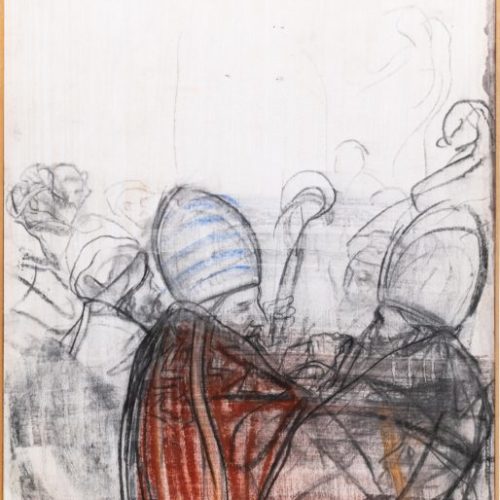 "Glory of St. Benedict" mixed media on paper by Pietro Annigoni (1910-1988), on the reverse side cartouche of the IInd Biennale of Sacred Art of Pescara. Measurements: In frame H 99.5 x W 78.5 x D 10 / Paper H 80 x W 60 cm
"Glory of St. Benedict" mixed media on paper by Pietro Annigoni (1910-1988), on the reverse side cartouche of the IInd Biennale of Sacred Art of Pescara. Measurements: In frame H 99.5 x W 78.5 x D 10 / Paper H 80 x W 60 cm -
Out of stock
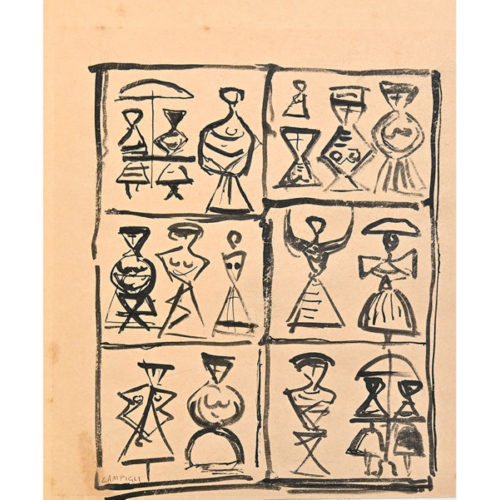 Composition, ink on paper, Massimo Campigli (1895-1971), pencil signature on the lower left. Archive number 4390564, by Nicola Campigli, in Saint Tropez 20 /10 /1991. Measurements: Framed H 51.5 x W 45 x D 2.5 / Drawing H 29.5 x W 26.5 cm
Composition, ink on paper, Massimo Campigli (1895-1971), pencil signature on the lower left. Archive number 4390564, by Nicola Campigli, in Saint Tropez 20 /10 /1991. Measurements: Framed H 51.5 x W 45 x D 2.5 / Drawing H 29.5 x W 26.5 cm -
Out of stock
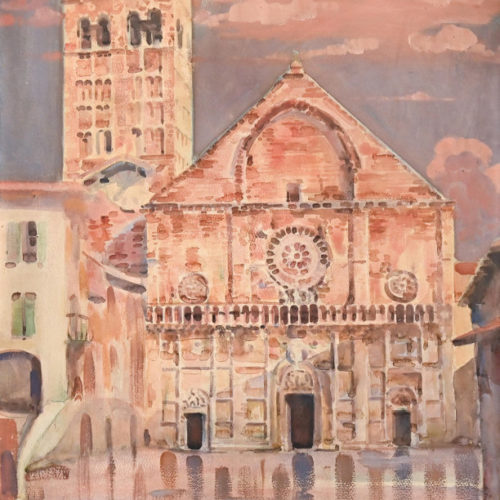 "Cathedral of San Rufino in Assisi", mixed media on cardboard by Luigi Zago (Villafranca di Verona 1894 - Buenos Aires 1952), 1930s. Period: 1930s Measurements: Framed H 95 x W 96,5 x D 7 cm / Cardboard H 78 x W 68 cm
"Cathedral of San Rufino in Assisi", mixed media on cardboard by Luigi Zago (Villafranca di Verona 1894 - Buenos Aires 1952), 1930s. Period: 1930s Measurements: Framed H 95 x W 96,5 x D 7 cm / Cardboard H 78 x W 68 cm -
Out of stock
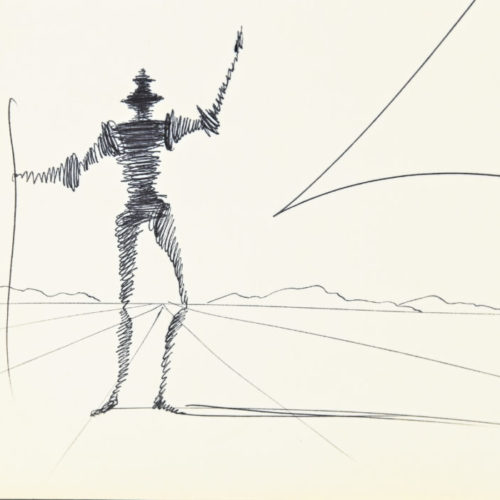 "Dali - De Draeger" catalogue by Max Gérard, 1968. The catalogue has a drawing of Don Quixote, with a dedication on the guard paper, a gift from the Catalan artist Salvador Dali (Figueras 1904 - 1989) "Every morning, as I wake up, I experience a supreme pleasure that I am discovering today for the first time: that of being Salvador Dali, and I wonder, filled with wonder, what this Salvador Dali will do again today that is so prodigious. And every day it is more difficult for me to understand how others can live without being Gala or Salvador Dali. A Catalan with a thirst for gold and glory, Dali painted a lot and talked a lot. His favourite subject: how to become a genius. His conclusion: 'Oh, Salvador, now you know, if you play at being a genius, you will become one! Salvador Dali's taste for provocation, excessive character, pursuit of paradox and exaggerated egocentricity have made him a well-known figure to the general public. These elements have helped to turn a great artist - endowed with a fervid creative intelligence and a profound knowledge of the history of the arts, the masters of the past and the literary research of his time - into a myth, which still arouses great curiosity today. However, his continuous exposure as an absolute 'genius' of art, to critics and to the judgement of the public, has given the impression of being able to fully understand his work and easily enter into his thought. In reality, his entire oeuvre reveals a very complex personality. Like his compatriot Picasso, Dali experimented with different expressive languages during his long career, moving away from painting towards cinema, theatre, photography and even performance. "At the age of six I wanted to be a cook. At seven I wanted to be Napoleon. And my ambition has been steadily growing ever since". Dali's life and work are inextricably intertwined, in fact many events in the artist's life were reflected in his creations, and many paintings can only be understood on the basis of the events that marked his life. At the age of six he painted his first canvas. Then, at the age of ten, he received his first drawing lesson, under the guidance of the famous Impressionist painter Ramón Pichot (1872 - 1925). He would later say that he was influenced by Pichot's works, which represented his first contact with a non-academic artistic current, focused on the reality of his time. At the age of fourteen he discovered the pompiers, at twenty-two cubism and at twenty-four he was already Dali, convinced that he had been called Salvador because he was destined to be the "saviour" of painting threatened with death by abstract art, academic surrealism, Dadaism in general and all the anarchic isms. At the age of 25, he was already winning over critics, doing business with gallery owners and collecting scandals. Period: 1968 Measurements: Page size with drawing and dedication H 30 x W 27.5 cm
"Dali - De Draeger" catalogue by Max Gérard, 1968. The catalogue has a drawing of Don Quixote, with a dedication on the guard paper, a gift from the Catalan artist Salvador Dali (Figueras 1904 - 1989) "Every morning, as I wake up, I experience a supreme pleasure that I am discovering today for the first time: that of being Salvador Dali, and I wonder, filled with wonder, what this Salvador Dali will do again today that is so prodigious. And every day it is more difficult for me to understand how others can live without being Gala or Salvador Dali. A Catalan with a thirst for gold and glory, Dali painted a lot and talked a lot. His favourite subject: how to become a genius. His conclusion: 'Oh, Salvador, now you know, if you play at being a genius, you will become one! Salvador Dali's taste for provocation, excessive character, pursuit of paradox and exaggerated egocentricity have made him a well-known figure to the general public. These elements have helped to turn a great artist - endowed with a fervid creative intelligence and a profound knowledge of the history of the arts, the masters of the past and the literary research of his time - into a myth, which still arouses great curiosity today. However, his continuous exposure as an absolute 'genius' of art, to critics and to the judgement of the public, has given the impression of being able to fully understand his work and easily enter into his thought. In reality, his entire oeuvre reveals a very complex personality. Like his compatriot Picasso, Dali experimented with different expressive languages during his long career, moving away from painting towards cinema, theatre, photography and even performance. "At the age of six I wanted to be a cook. At seven I wanted to be Napoleon. And my ambition has been steadily growing ever since". Dali's life and work are inextricably intertwined, in fact many events in the artist's life were reflected in his creations, and many paintings can only be understood on the basis of the events that marked his life. At the age of six he painted his first canvas. Then, at the age of ten, he received his first drawing lesson, under the guidance of the famous Impressionist painter Ramón Pichot (1872 - 1925). He would later say that he was influenced by Pichot's works, which represented his first contact with a non-academic artistic current, focused on the reality of his time. At the age of fourteen he discovered the pompiers, at twenty-two cubism and at twenty-four he was already Dali, convinced that he had been called Salvador because he was destined to be the "saviour" of painting threatened with death by abstract art, academic surrealism, Dadaism in general and all the anarchic isms. At the age of 25, he was already winning over critics, doing business with gallery owners and collecting scandals. Period: 1968 Measurements: Page size with drawing and dedication H 30 x W 27.5 cm -
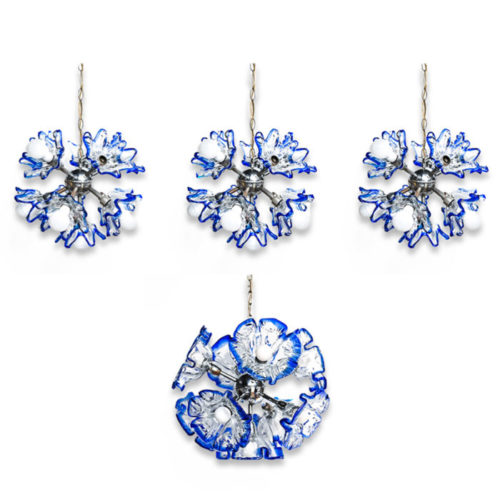 Group of Murano chandeliers from the 1970s. Applications in white Murano glass, with blue edges, shapes reminiscent of the lily with chromed structure. They are three the same and one different. They need to be checked, they need a minimal adjustment of the electrical part, and the chrome plating is not perfect in all of them. Period: 1970s Measurements: Ø 40 cm
Group of Murano chandeliers from the 1970s. Applications in white Murano glass, with blue edges, shapes reminiscent of the lily with chromed structure. They are three the same and one different. They need to be checked, they need a minimal adjustment of the electrical part, and the chrome plating is not perfect in all of them. Period: 1970s Measurements: Ø 40 cm -
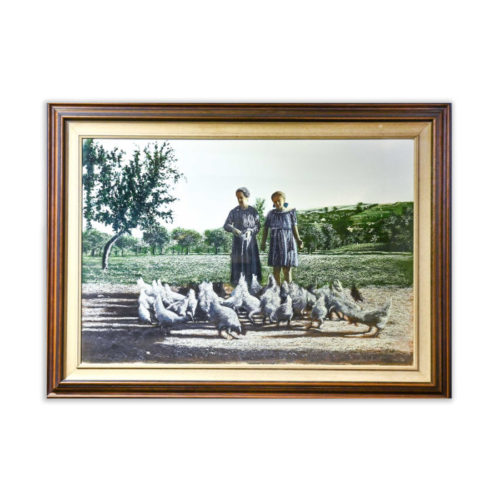 Scene of a courtyard, oil on cardboard by Daniele Fissore, signed and dated on lower right, a very rare work as the artist usually depicts the landscape without figures. Daniele Fissore (Savigliano 1947 - Savigliano 2017) began his artistic career as self-taught artist. In 1975 he took part in the X Quadriennale in Rome and in 1976 in the "Biennale del disegno" in Milan. A constant evolution of the first pictorial themes (see the "Telephone booths", the "Oppositions", the "Reconnaissance", investigated with an in-depth analysis of strong photographic inspiration), led him to the human figure and the portrait. Period: 1980 Measurements: Framed H 69 x W 93 x D 4,5 / Cardboard H 60 x W 84 cm
Scene of a courtyard, oil on cardboard by Daniele Fissore, signed and dated on lower right, a very rare work as the artist usually depicts the landscape without figures. Daniele Fissore (Savigliano 1947 - Savigliano 2017) began his artistic career as self-taught artist. In 1975 he took part in the X Quadriennale in Rome and in 1976 in the "Biennale del disegno" in Milan. A constant evolution of the first pictorial themes (see the "Telephone booths", the "Oppositions", the "Reconnaissance", investigated with an in-depth analysis of strong photographic inspiration), led him to the human figure and the portrait. Period: 1980 Measurements: Framed H 69 x W 93 x D 4,5 / Cardboard H 60 x W 84 cm -
Out of stock
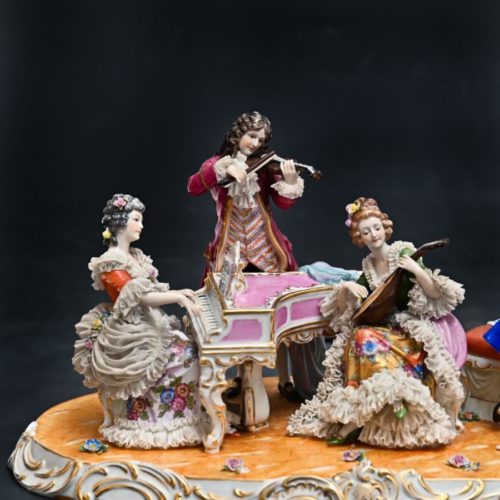 Large porcelain group from Capodimonte, early 20th century, depicting a scene in 18th century dress. Period: Early 20th Century Measurements: H 23,5 x W 48 x D 28 cm
Large porcelain group from Capodimonte, early 20th century, depicting a scene in 18th century dress. Period: Early 20th Century Measurements: H 23,5 x W 48 x D 28 cm -
Out of stock
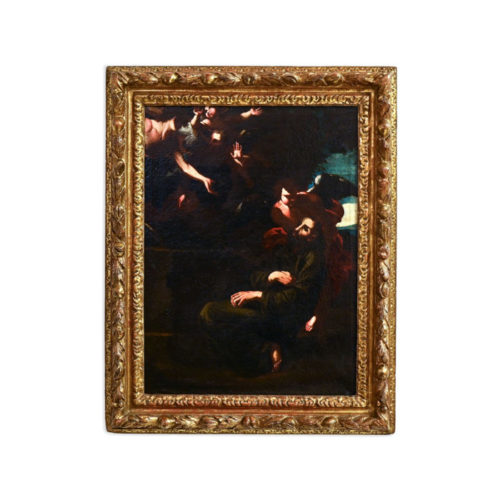 "Ecstasy of St. Francis" oil on canvas from the 17th century, in a coeval frame. Work in excellent condition. The scene of the painting refers to the famous episode in the life of Saint Francis that took place on the Verna mountain in the summer of 1224, when the Saint received the stigmata. Period: 17th century Measurements: Framed H 84.5 x W 66.5 x D 4.5 cm / Canvas H 68 x W 51 cm
"Ecstasy of St. Francis" oil on canvas from the 17th century, in a coeval frame. Work in excellent condition. The scene of the painting refers to the famous episode in the life of Saint Francis that took place on the Verna mountain in the summer of 1224, when the Saint received the stigmata. Period: 17th century Measurements: Framed H 84.5 x W 66.5 x D 4.5 cm / Canvas H 68 x W 51 cm -
Out of stock
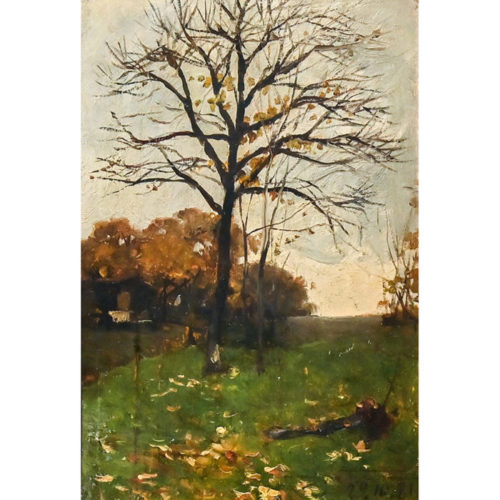 "Last Leaves" oil on panel by Lorenzo Delleani, 25 x 37.3 cm; signed and dedicated: Delleani - to dear brother-in-law Baglioni Giuseppe. Dated 29/10/81. Signed and dated lower right. Private property Biella. Formerly S. Colongo, Biella. Described on page 128 of "Delleani, La vita, l'opera e il suo tempo" by Angelo Dragone. Period: 29/10/81 Measurements: Framed H 57 x W 45 x D 4,5 / Tablet H 37,3 x W 25 cm
"Last Leaves" oil on panel by Lorenzo Delleani, 25 x 37.3 cm; signed and dedicated: Delleani - to dear brother-in-law Baglioni Giuseppe. Dated 29/10/81. Signed and dated lower right. Private property Biella. Formerly S. Colongo, Biella. Described on page 128 of "Delleani, La vita, l'opera e il suo tempo" by Angelo Dragone. Period: 29/10/81 Measurements: Framed H 57 x W 45 x D 4,5 / Tablet H 37,3 x W 25 cm -
Out of stock
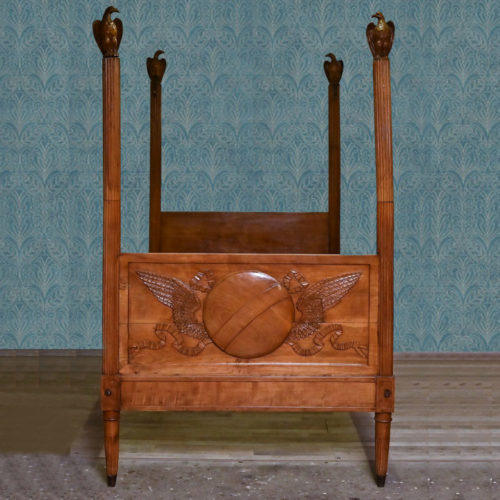 Empire canopy bed in walnut, of French origin. The bed dates from the early 19th century and has columnar uprights and carved eagles. In excellent condition, missing the iron crossbeam, bedstead and mattress. Period: Early 19th century Measurements: H 218 x W 210 x D 130 cm
Empire canopy bed in walnut, of French origin. The bed dates from the early 19th century and has columnar uprights and carved eagles. In excellent condition, missing the iron crossbeam, bedstead and mattress. Period: Early 19th century Measurements: H 218 x W 210 x D 130 cm -
Out of stock
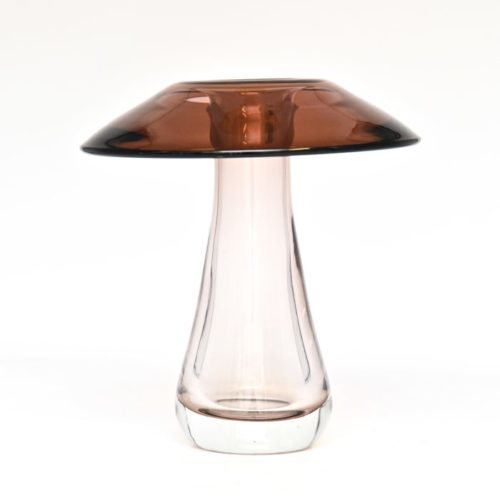 Crystal vase by Antonio Imperatore from the 1980s. This vase was handcrafted in Murano, Italy, by Cristallerie Antonio Imperatore around 1980. It features a clear cylindrical body that gently widens towards its base which represents the "stem" of the mushroom, with a domed upper part in translucent smoked amber glass with a circular hole in the center. In excellent condition. Period: 1980s Measurements: H 28 x Ø 27 cm
Crystal vase by Antonio Imperatore from the 1980s. This vase was handcrafted in Murano, Italy, by Cristallerie Antonio Imperatore around 1980. It features a clear cylindrical body that gently widens towards its base which represents the "stem" of the mushroom, with a domed upper part in translucent smoked amber glass with a circular hole in the center. In excellent condition. Period: 1980s Measurements: H 28 x Ø 27 cm -
Out of stock
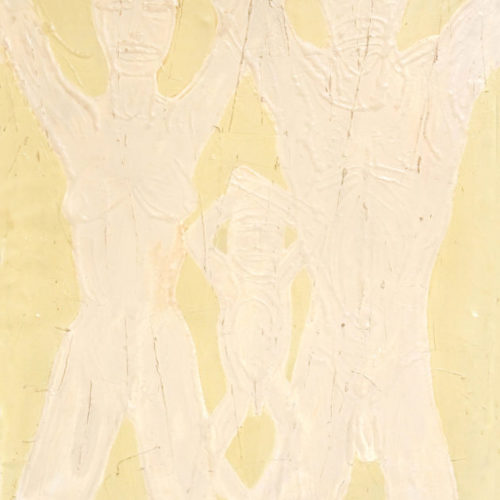 "Primitive family" Oil on canvas by Nik Spatari. Signed on the top right and written on the back "Nik Sparati, Via Solferino 11 Milano". Painting from 1970, taken from the painting exhibited at the 64th Salotto exhibition in 1969. Period: 1970 Measurements: In frame H 124 x W 112 x D 2 / Canvas H 119.5 x W 109 cm
"Primitive family" Oil on canvas by Nik Spatari. Signed on the top right and written on the back "Nik Sparati, Via Solferino 11 Milano". Painting from 1970, taken from the painting exhibited at the 64th Salotto exhibition in 1969. Period: 1970 Measurements: In frame H 124 x W 112 x D 2 / Canvas H 119.5 x W 109 cm -
Out of stock
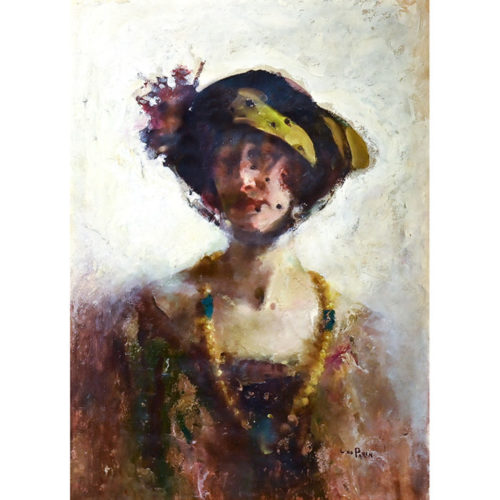 "Woman with veil" oil on paper by Gino Parin. The painting is from the 20s / 30s of the twentieth century, has a beautiful coeval gilded wood frame. The picture and the frame need some cleaning. It comes from a private collection from Biella. Gino Parin was born in Trieste in 1876. His real name was Federico Gino Pollack. He began his artistic education in the studio of the Trieste painter Eugenio Scomparini and then continued at the Venetian Girolamo Navarra's one. At 19 he went to Munich to attend the Academy where he attended the courses of Karl Raupp and became acquainted with the painting of the Pre-Raphaelites, Lenbach, von Marées and von Stuck. Having become a member of the Münchener Künstler Genossenschaft, he often exhibited at the Glaspalast. He traveled extensively in Europe, visiting Switzerland, France and England. From 1910 he began to participate in the collective exhibitions of the Trieste Artistic Circle. Here he settled permanently at the outbreak of the First World War. He participated to the Biennials of 1921, 1924, 1928 and 1932. In 1923 he received the gold medal at the Turin Quadrennial. During this period his style, from the original German academic setting, evolved towards a personal reworking of the taste of the Deco years. His production, mainly focused on female portraits and interior painting, earned him the definition of "painter of beautiful women". Deported by the Germans in 1944, he died in the Bergen Belsen camp. Period: 1920s / 30s Measurements: In frame H 102 x W 82 x D 7.5 / Canvas H 79 x W 59 cm
"Woman with veil" oil on paper by Gino Parin. The painting is from the 20s / 30s of the twentieth century, has a beautiful coeval gilded wood frame. The picture and the frame need some cleaning. It comes from a private collection from Biella. Gino Parin was born in Trieste in 1876. His real name was Federico Gino Pollack. He began his artistic education in the studio of the Trieste painter Eugenio Scomparini and then continued at the Venetian Girolamo Navarra's one. At 19 he went to Munich to attend the Academy where he attended the courses of Karl Raupp and became acquainted with the painting of the Pre-Raphaelites, Lenbach, von Marées and von Stuck. Having become a member of the Münchener Künstler Genossenschaft, he often exhibited at the Glaspalast. He traveled extensively in Europe, visiting Switzerland, France and England. From 1910 he began to participate in the collective exhibitions of the Trieste Artistic Circle. Here he settled permanently at the outbreak of the First World War. He participated to the Biennials of 1921, 1924, 1928 and 1932. In 1923 he received the gold medal at the Turin Quadrennial. During this period his style, from the original German academic setting, evolved towards a personal reworking of the taste of the Deco years. His production, mainly focused on female portraits and interior painting, earned him the definition of "painter of beautiful women". Deported by the Germans in 1944, he died in the Bergen Belsen camp. Period: 1920s / 30s Measurements: In frame H 102 x W 82 x D 7.5 / Canvas H 79 x W 59 cm
